Brand architecture: strategy and models to bring order to brands of the same family.

Expansions, acquisitions, mergers, and other similar strategies, even if profitable in the long term, create a lot of confusion in customers' minds regarding the products and services the company offers and make them less willing to make purchases. The only way to escape from this chaos is to establish a brand architecture that connects the brands within the same family. This is brand architecture.
But how to create one that takes into account all the variables in the market today? Let's together explore the advantages of a solid brand architecture and examine the main models used to create a successful strategy.
Defining Brand Architecture
The term brand architecture refers to all the communication, image, and marketing operations that organize and relate the various brands within a company's portfolio. With this system, it manages the products and services it offers in a way that helps the target audience understand what we are or are not talking about. As a result, consumers can establish a relationship between multiple products at the same time and form tangible opinions and preferences for certain brands.
Whatever the structure of a brand architecture, it's important to understand that managing the portfolio and its interactions with the parent company has strategic as well as operational significance. Therefore, it is necessary to categorize and differentiate the various sectors and brands to prevent them from cannibalizing each other, taking away market share or potential customers from each other.
In short, brand architecture shows how sub-brands within a larger entity, a parent brand, are organized and how they relate to each other.
When considering adding a new brand or product, it is essential to understand where it will fit within the organization. In other words, the type of brand architecture needs to be defined by answering these questions:
- Where will the new brands fit within the existing architecture?
- What role will each brand play?
- What will be its relationship with other brands?
Why Brand Architecture is Important
Brand architecture offers many advantages:
- Market clarity: Building a brand architecture helps people understand your organization and your brands in the way you intend.
- Increased earnings: A well-defined framework allows brands to complement each other with attractive value propositions and products suitable for various audiences. If a company can provide a positive experience with a product/brand, it provides many opportunities for connected brands/products.
- Brand equity development: Brand equity, or brand value, reflects a brand's strength in the market. All brands that serve a niche ultimately drive growth and positively promote the parent brand, thereby expanding its customer base and increasing the organization's overall value.
- Damage reduction: If there is damage to one of the sub-brands, it does not necessarily affect the reputation of the parent brand. Depending on the chosen brand architecture model, damage can be contained and not spread throughout the entire organization.
- More effective change management: Responding to external influences, all brands must adapt and change over time. A clear system can help manage the process, ensuring that necessary changes are implemented successfully and profitably.
Brand Architecture Strategies and Models
When a company manages a variety of brands, it is crucial for them to function coherently and effectively. As if they were a single entity aimed at achieving clarity and synergy. A harmoniously designed brand architecture contributes to making the offering transparent to customers. At the same time, brand architecture promotes concrete opportunities for collaboration among brands by leveraging shared resources.
To achieve this result, two main strategies can be followed: integration, which aligns the appearance of sub-brands with the main brand, or separation, maintaining the aesthetics and naming of various brands independently. From this perspective, three brand architecture models can be identified, depending on how these two strategies are alternated.
The Three Main Models of Brand Architecture
There are three main brand architecture models:
Branded House
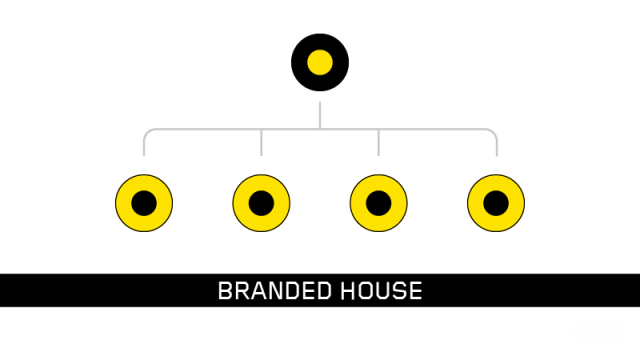
The Branded House is the most common type of brand architecture.
In this model, all sub-brands belonging to the company can be traced back to the parent brand because they share key elements of name and logo. There is a clear, evident link between the parent brand and the sub-brands.
It is a comprehensive brand strategy that allows brands to grow and market themselves. However, they do not operate independently from each other and adhere to the guidelines and overall strategy of the parent brand.
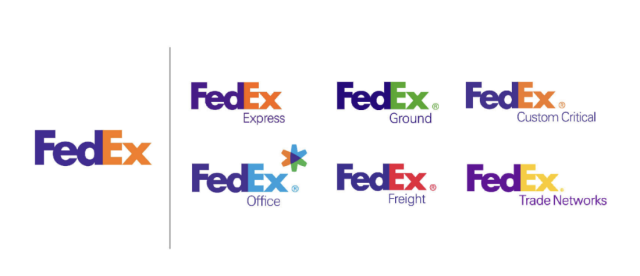
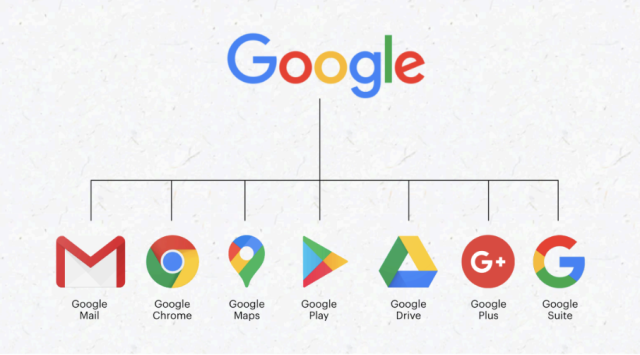
Advantages of the Branded House:
- Sub-brands reinforce the parent brand through constant visibility, and the parent brand benefits from this widespread exposure.
- Visual unification and clarity reduce confusion for consumers, who automatically associate a sub-brand with the qualities of the parent brand.
- The parent organization must develop a single marketing strategy that applies to all offerings.
Disadvantages of the Branded House:
- Issues with one of the sub-brands or products can negatively impact the reputation of the parent brand and the organization.
- There is a risk of potential dilution of the parent brand. When a brand offers products or services in different categories, its overall message can become too diffuse.
- The Branded House model lacks flexibility. The identities of the sub-brands must always align with that of the parent brand.
House of brands
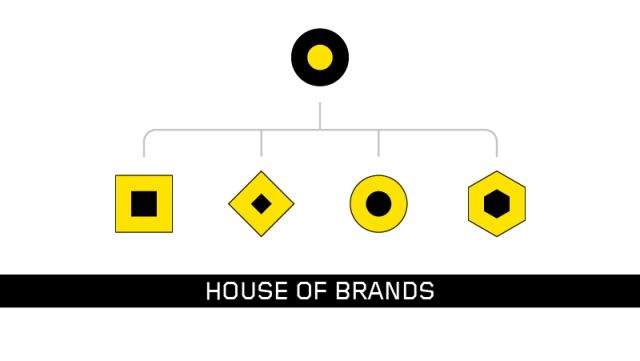
In the House of Brands model, all sub-brands are autonomous and well-differentiated from each other in terms of identity, visual and verbal aspects, product/service, strategy, and positioning, almost as if they were separate brands. The parent company is almost entirely unknown to consumers because the sub-brands do not make explicit references to it.
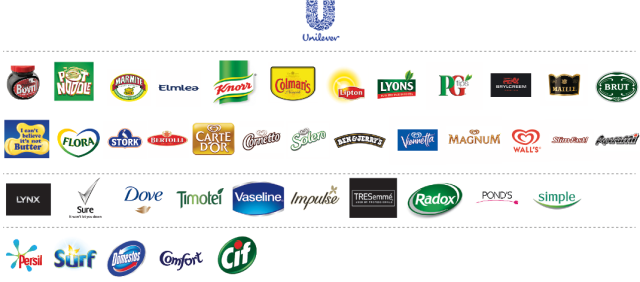

Advantages of the House of Brands:
- Market diversification: Companies can target very different audiences and use customized strategies for each brand.
- The reputation of one brand does not affect the others.
- Each brand maintains its own identity.
- The freedom to enter new markets without affecting other brands. Companies can take more risks with new product or service offerings.
Disadvantages of the House of Brands:
- The architecture of a House of Brands is costly because the organization must build each brand from scratch with a distinct brand and marketing strategy.
- Without the firepower of a well-known Branded House, brands cannot rely on the performance and reputation of the parent brand to boost their own. As a result, individual brands may be perceived as ordinary companies offering ordinary products.
- Potential consumer confusion about what the company represents. Think of Procter & Gamble: does P&G represent the brands, or do the brands represent P&G?
Blended House
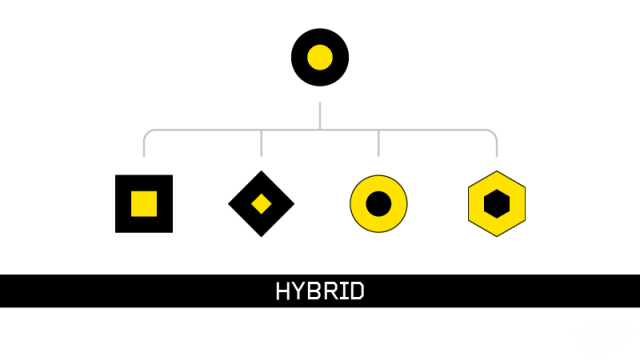
The Blended House brand architecture model falls between the two previously mentioned models. In this scenario, each sub-brand has its own identity and positioning but references the parent brand, creating a strong connection with it. In this case, you can maintain the same values and mission of the parent company, but you can also adopt a strategy for each brand.
All sub-brands have brand promises but discreetly use elements of the parent brand to benefit from its reputation.
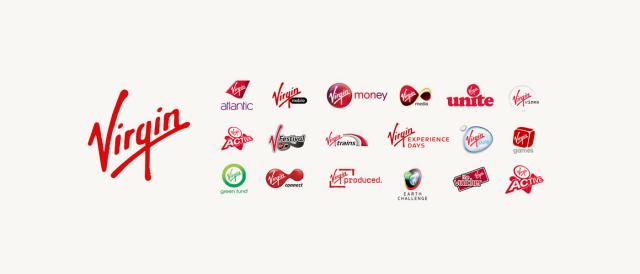

Advantages of a Blended House Brand Architecture:
- Sub-brands have a good degree of autonomy regarding their positioning.
- Each brand has the opportunity to develop its own personality that distinguishes it from the parent brand.
- The parent brand transfers its credibility and values to the sub-brands.
Disadvantages of a Blended House Brand Architecture:
- Some confusion can arise about which brands are linked to the parent brand and which are not.
- When there are many sub-brands, communication difficulties can arise.
Factors to Consider in Creating a Brand Architecture
When defining a successful brand architecture, several factors must always be taken into account. For example, the uniformity or distinctiveness of a company's customer needs is important. A simple example is companies that offer products in the same
category but at different prices. Toyota, for instance, discovered in the past that its brand was not perceived as prestigious enough to compete in the luxury automotive market segment. So, they launched the Lexus brand.
Of course, market and organizational considerations are also essential. For example, with a high degree of division autonomy, it may be impossible to successfully introduce centralized brand control.
The Benefits of a Proper Brand Architecture Strategy
We have seen how a well-established brand architecture can be a fundamental guide for determining how to present oneself in the market and to potential consumers. It also provides a roadmap for brand identity development and design.
However, building a solid brand architecture is not easy, which is why marketing agencies exist. Over the years, we at Insigh Adv Ltd have completed numerous branding projects for companies in various sectors.
In today's landscape, the first product to sell is your own brand. Only through the brand, with its baggage of values and meanings, can you distinguish an offering or a company in a crowded field of competitors.
Brand Names and Brand Architecture
There are no names that work without a strategy behind them. Therefore, the overview of brand architecture we just discussed should help you understand that choosing one over the other is already a clear signal of the direction your strategy wants to take.
To know what name a product should have, you must have a clear understanding of its role within the parent brand's economy. Naming is more effective when based on a clear and thoughtful brand architecture strategy.
In the case of acquisitions, you can decide whether to keep the name as it is or rename it. This is a delicate event that requires careful consideration. A new name for a company or sub-brand is not just an exciting moment; it also represents an investment. This is why it might be better to postpone the naming decision until research has been conducted, and a brand strategy and architecture have been developed.
How can you give a name to products/brands in a portfolio if you don't know what they are, what they represent, and the nature of their relationship with the parent company? This is why brand architecture should be the first thing to address. It provides important guidance on which properties need a name and how these names should be associated with the portfolio.
Brand Name Architecture for Small Businesses
One might think that brand architecture is only useful for large companies. However, when you have a vision for your company, regardless of its size, part of that vision should involve brand architecture.
How do you connect your two or three product lines? If you expand into a new sector or market, could these new products diminish the perception people have of your brand now? Even small businesses or medium-sized companies can draw inspiration from the concept of brand architecture.
When launching products, we seek consistency among them, even in terms of naming: this is the architecture of brand names. If there are products in the same category, we use similar verbal structures that already guide people's understanding.
Guide to Name Generation
The value of brand architecture in naming goes beyond determining the number of names needed. It also provides important guidance for naming, both for the parent brand and its sub-brands. A good strategy will define the desired relationship between the named properties and the parent brand, which significantly impacts the naming strategy. For example, if they need to be closely related, the company name can be a helpful support. In these cases, a lengthy company name may not be a good solution.
If the strategy allows for freedom and differentiated channels, products with their own lives, it allows namers to define names without ties to the parent brand name (which wouldn't work for a more complex portfolio). This is the right opportunity for "standout names," which are very original and reflect various personalities depending on what you want to communicate. In this case, it works best when the portfolio has a few services or products with independent lives.
When giving a name to a new product, I always consider how the existing products are named. The new name will never work in isolation but should be consistent with what is expected of it and the relationship it will have with the others.
When you subscribe to the blog, we will send you an e-mail when there are new updates on the site so you wouldn't miss them.
By accepting you will be accessing a service provided by a third-party external to https://www.insightadv.it/


































































Comments